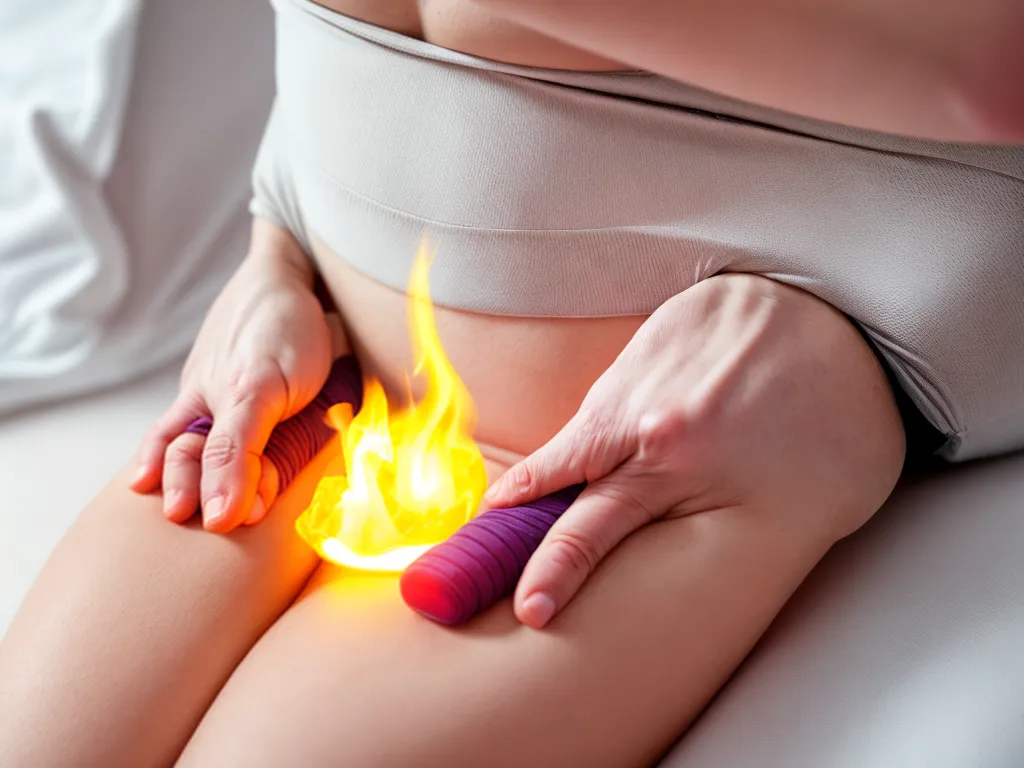
Have you ever felt uncomfortably hot and wished you could capture that excess body heat for something useful? With the right materials and a bit of ingenuity, you can actually convert your body's thermal energy into a small amount of electricity. Let's explore the science behind using human body heat as an energy source and some methods for harvesting that energy.
The Science Behind Human Body Heat Energy
The human body is constantly generating heat as a byproduct of metabolic processes that sustain life. This heat radiates from your skin and warms the surrounding air. The average person has a resting metabolic rate of about 1 watt/hour, meaning they continuously produce enough heat to power a 1 watt device. With some additional effort, you can increase heat production significantly.
Body heat is a form of thermal energy, which refers to the kinetic energy of atoms and molecules. The hotter an object is, the faster its molecules vibrate. Thermal energy can be converted into other forms of power through the use of thermoelectric generators. These solid-state devices produce voltage from a temperature gradient. When one side is heated and the other cooled, electrons flow from the hot side to the cold side, generating electricity. The greater the temperature difference, the higher the voltage.
Key Factors in Body Heat Energy Conversion
Several factors impact the potential to produce electricity from body heat:
- Surface area - More skin surface in contact with the generator equals greater heat transfer.
- Temperature differential - The greater the temp difference between your body and the air, the higher the voltage.
- Perspiration - Sweat cools the surface of the skin, reducing heat flow to the generator.
- Blood circulation - Good circulation brings hot blood from the core to the extremities.
- Insulation - Insulating materials around the generator help maintain a steep temperature gradient.
With optimization, a thermoelectric generator the size of a wristwatch could convert ~10% of radiated body heat into over 1 milliwatt of power. That's enough for very low energy electronics. Vigorous exercise can increase heat production 10X or more, offering even greater electricity generation potential.
Methods to Harness Your Own Body Heat
Let's look at some practical ways to tap into your personal thermal energy and convert it into usable electricity.
Wearable Thermoelectric Generators
Attaching a thermoelectric generator directly to your skin is the most straightforward way to utilize body heat. These solid-state devices have no moving parts and silently convert heat into DC electricity. Thin, flexible generators can be incorporated into wristbands, armbands, clothing, and more.
Key design factors for wearable TEGs:
- Use highly conductive thermal interface materials like graphene or carbon fiber to improve heat transfer from skin to generator.
- Incorporate a heat sink on the cool side to maintain a large temperature gradient.
- Waterproof the device to avoid shorts from sweat.
- Optimize contact surface area while keeping the generator lightweight and non-restrictive.
With good engineering, a wrist-worn generator could realistically produce around 1 milliwatt of electricity from normal body heat. Vigorous exercise can boost output substantially.
Thermoelectric Cookstoves
Another option is using a thermoelectric generator in a cookstove that is fueled by burning biomass. As the fire heats one side, the other extends outside to air cool. The temperature difference converts ~5% of the heat into electricity. This can provide basic lighting and device charging for off-grid rural households.
Wearable Microbial Fuel Cells
An emerging bio-energy technique is leveraging microbial fuel cells that turn human sweat into electricity. The cells contain microbes that break down sweat components, releasing electrons that generate current. Early prototypes worn on the arm have produced power in the microwatt range. With further development, this quirky approach could become a viable method for micro-energy harvesting.
Real-World Applications of Body Heat Energy
Though limited in total output, converting your own body heat into electricity can provide useful amounts of off-grid power in certain scenarios:
-
Wearable electronics - Low power devices like fitness trackers and smart watches could run continuously from a thermoelectric wristband.
-
Emergency power - When stranded without power, body heat generation could provide a lifesaving trickle of electricity for a locator beacon.
-
Military/space missions - Reducing battery weight by harvesting heat from soldier's bodies or space vehicles could benefit portability and cost.
-
Rural households - Cookstoves that convert heat into electricity improve quality of life through electric lighting.
In summary, the human body offers an accessible thermal energy source that can be tapped through thermoelectric and microbial techniques. Though it will never fully replace batteries, converting your own body heat into usable energy provides an eco-friendly way to trickle charge small personal electronics and could even save lives in survival situations. With some DIY spirit, you can build your own body heat harvesting device.